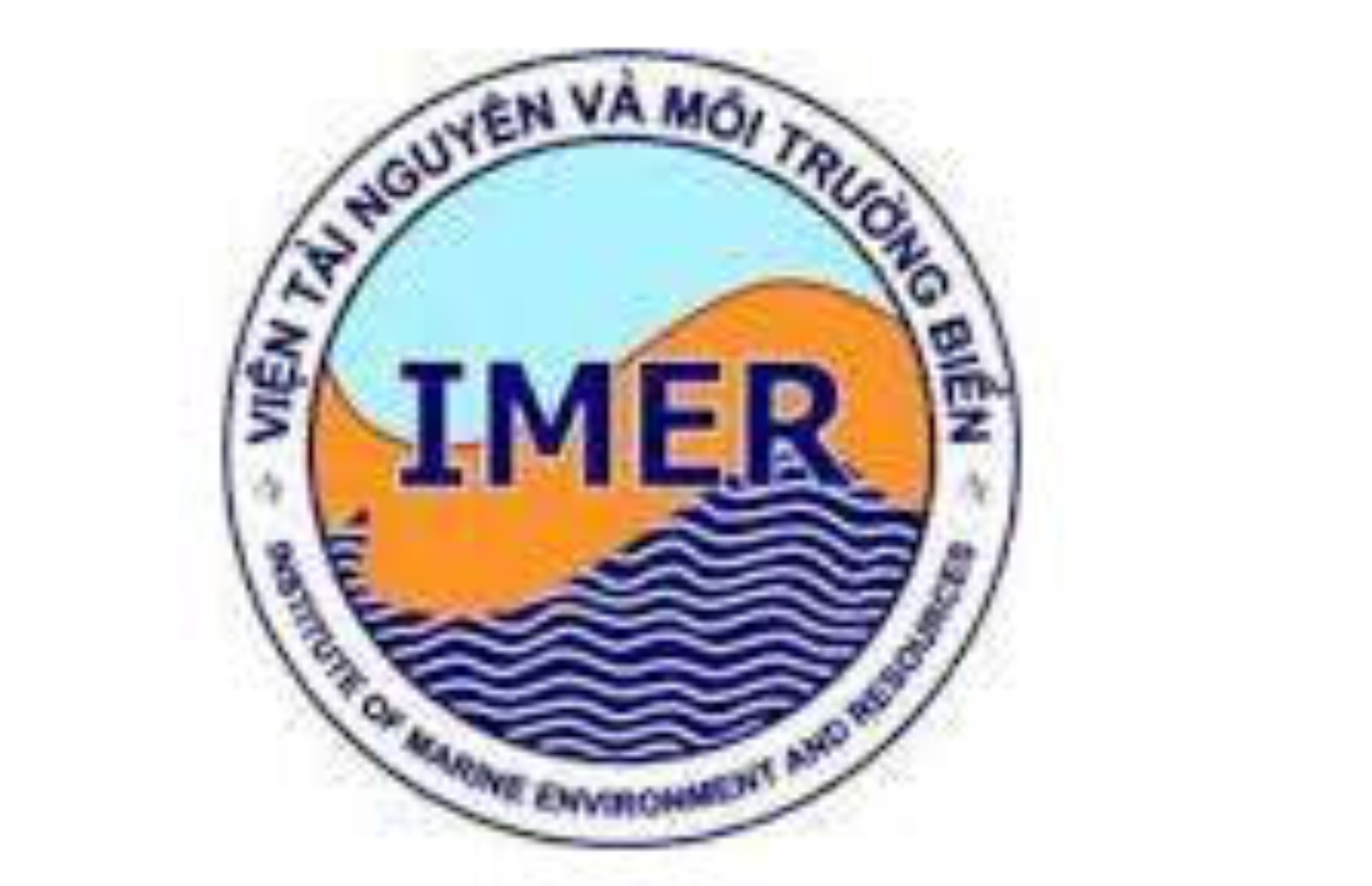APPLICATION OF REMOTE SENSING, GIS AND DIGITAL SHORELINE ANALYSIS SYSTEM (DSAS) TO ASSESS THE CHANGES OF THE RED RIVER BANK IN THE AREA FROM SON TAY TO GIA LAM (HANOI)
Author affiliations
DOI:
https://doi.org/10.15625/1859-3097/18/3/11028Keywords:
River bank, accretion, erosion, Red river, Digital shoreline analysis system.Abstract
In recent years, some geological hazards relating to the change of channel such as accretion, erosion and landslide of river bank on the Red River bank have occurred more frequently. In this paper, the trend and rate of the change of the Red River bank in the area from Son Tay to Gia Lam (Hanoi) were shown by using remote sensing images of the period 2007–2016, geographic information system (GIS) and Digital shoreline analysis system. The results indicate that bank erosion mainly occurred along the both sides of the Red River bank with the average erosion rate ranging from 1.5 m/yr to 3m/yr. The strongest erosion was along the left river bank in Me Linh commune, Dong Anh district. In Son Tay commune, Phuc Tho district, Vinh Phuc province, some signals of erosion process were also recorded. The accretion process had been occurring in the middle part of the river slowly with the accretion rate of 0.8–1.4 m/yr. In the result, accretion zones were formed and they were aggregated into alluvial flats. In the future, the Red river bank will continue to be changed, erosion and landslide of the channel would be considered as the major hazards in this area.Downloads
Metrics
References
Nayak, S., 2000. Critical issues in coastal zone management and role of remote sensing. Subtle Issues in Coastal Management, 77–98.
![]()
Alesheikh, A. A., Ghorbanali, A., and Nouri, N., 2007. Coastline change detection using remote sensing. International Journal of Environmental Science & Technology, 4(1), 61–66.
![]()
Prabhakara Rao, P., Nair, M. M., and Raju, D. V., 1985. Assessment of the role of remote sensing techniques in monitoring shoreline changes: a case study of the Kerala coast. International Journal of Remote Sensing, 6(3–4), 549–558.
![]()
Sheik, M., and Chandrasekar, N., 2011. A shoreline change analysis along the coast between Kanyakumari and Tuticorin, India, using digital shoreline analysis system. Geo-spatial Information Science, 14(4), 282–293.
![]()
Ryabchuk, D., Spiridonov, M., Zhamoida, V., Nesterova, E., and Sergeev, A., 2012. Long term and short term coastal line changes of the Eastern Gulf of Finland. Problems of coastal erosion. Journal of Coastal Conservation, 16(3), 233–242.
![]()
Nguyen, H. H., McAlpine, C., Pullar, D., Leisz, S. J., and Galina, G., 2015. Drivers of coastal shoreline change: case study of Hon Dat coast, Kien Giang, Vietnam. Environmental Management, 55(5), 1093–1108.
![]()
Thieler, E. R., Himmelstoss, E. A., Zichichi, J. L., and Ergul, A., 2009. The Digital Shoreline Analysis System (DSAS) version 4.0-an ArcGIS extension for calculating shoreline change (No. 2008-1278). US Geological Survey.
![]()
Cohen, M. C., and Lara, R. J., 2003. Temporal changes of mangrove vegetation boundaries in Amazonia: application of GIS and remote sensing techniques. Wetlands Ecology and Management, 11(4), 223–231.
![]()
Moussaid, J., Fora, A. A., Zourarah, B., Maanan, M., and Maanan, M., 2015. Using automatic computation to analyze the rate of shoreline change on the Kenitra coast, Morocco. Ocean Engineering, 102(1), 71–77.
![]()
Van To, D., and Thao, P. T. P., 2008. A shoreline analysis using DSAS in Nam Dinh coastal area. International Journal of Geoinformatics, 4(1), 37–42.
![]()
Tran Thi, V., Tien Thi Xuan, A., Phan Nguyen, H., Dahdouh-Guebas, F., and Koedam, N., 2014. Application of remote sensing and GIS for detection of long-term mangrove shoreline changes in Mui Ca Mau, Vietnam. Biogeosciences, 11(14), 3781–3795.
![]()
Do Quang Thien, Ho Trung Thanh, Trinh Thi Giao Chau, 2015. Assessment of the change of channel in Gianh River from Canh Hoa to the entrance of Gianh River by analysis of GIS images and GIS associated with DSAS. Journal of Science and Education, Hue University’s College of Education, ISSN 1859 - 1612, 36(4), 77–87.
![]()
Version, U. L. 4.0, 1993. User’s Manual MS-DOS PC-program. Delft Hydraulics, the Netherlands.
![]()
DHI, 2000. LITPACK User’s Manual. Danish Hydraulics Laboratory, Denmark.
![]()
Himmelstoss, E. A., 2009. DSAS 4.0 installation instructions and user guide. Thieler, ER, Himmelstoss, EA, Zichichi, JL, and Ergul, Ayhan, 2008–1278.
![]()
Addo, K. A., Jayson-Quashigah, P. N., and Kufogbe, K. S., 2011. Quantitative analysis of shoreline change using medium resolution satellite imagery in Keta, Ghana. Marine Science, 1(1), 1–9.
![]()
Temitope, D., and Oyedotun, T., 2014. Shoreline geometry: DSAS as a tool for historical trend analysis. Geomorph. Techn, 3(2.2), 12.
![]()
Nguyen Huu The, Than Van Van, Nguyen Huu Thanh, 2016. Determination of causes leading to increasing water flow into Duong river and mechanism causing bank erosion in the area of the bifurcation between the Red and Duong rivers. Journal of Water Resources and Environmental Engineering, No. 52, 138–144. ISSN 1859 - 3941.
![]()
Tran Ngoc Huan, Nguyen Thi Trang, Pham Tat Thang, Le Van Hung, 2015. Analysis and assessment of the changes of the Red river bed from Son Tay to Hanoi hydrological station. Joural of Science on Natural Resources and Environment, No. 7, 16–24. ISSN 0886 - 7608.
![]()









